The Legendary Fashion Brand That Inspired a Musical Revolution
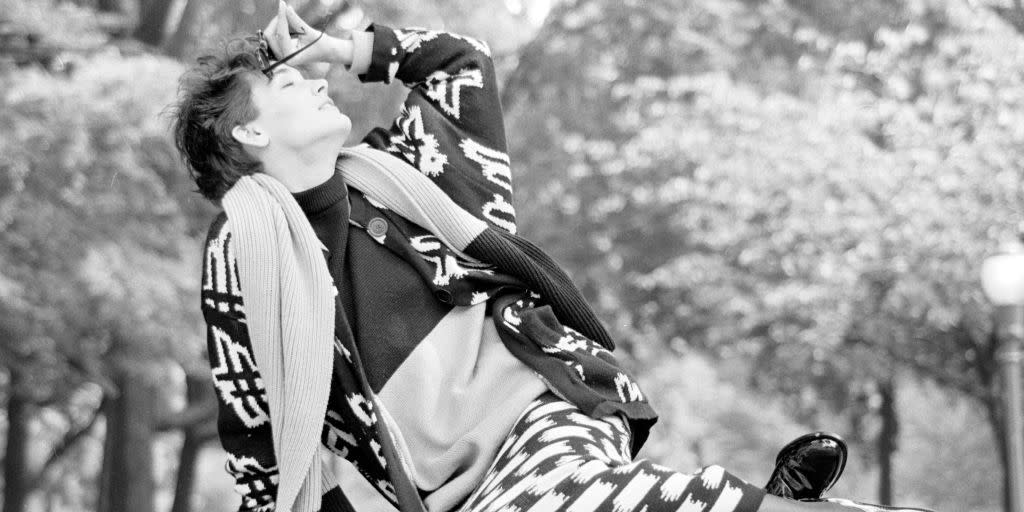
When I attended the Charivari Detroit Music Festival last summer, I was looking for something I couldn’t put my finger on, listening for a sign. My husband, son, and I had gathered with a few hundred folks on the fields of Detroit’s Historic Fort Wayne for the electronic music festival, held each year during the second week of August. The grass was dry and brown, but in the near distance, the Detroit River shimmered in a jewel-tone blue. There we stood, in the third summer of the pandemic, at the intersection of weariness and flickering optimism. The DJs worked three different stages, which featured talent from Atlanta, New York, the West Coast, and of course, Chicago. The Wonderful stage featured only women. Music pulsed from multiple directions as dancers kicked up dust.
Though everyone besides my spouse and child was a stranger to me, I felt like I had acquired a pass to some kind of family reunion. The heartbreaking spell of isolation that had characterized the last few years was momentarily lifting in community. From across the field, I watched people I could see were clearly old friends reunite, their hair streaked with silver, presumably recounting good times they’d shared before. The music blasting in the open air provoked me and others to dance, bringing back my own happy feelings from decades earlier. We moved without regard for how we looked. A wave of nostalgia washed over me—this was how it had been when we were young, before music-video choreography and TikTok influencers made every dance as ubiquitous as a competitive sport. The scene also felt intensely local, very Detroit. The vibe that is home is hard to essentialize, in part because it is never just one thing. But in this instance, the familiar feeling came from the crowd, which stretched across generations. Was this what I’d been missing?
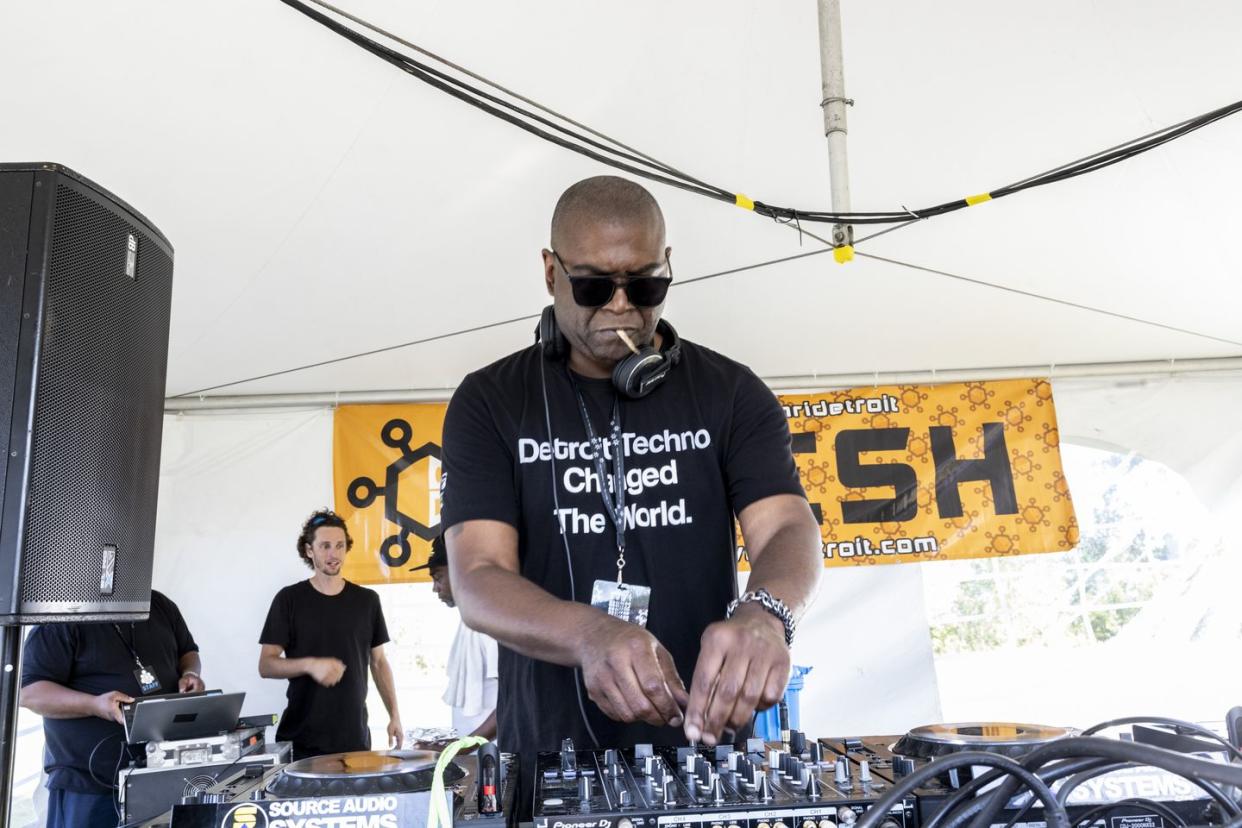
In August, the Charivari Festival will celebrate its 10th anniversary, but its roots go back much further, to teen social clubs in the city that were popular in the late 1970s and ’80s. Like most American cities at the time, Detroit was facing unprecedented pressures then. Unemployment was high, schools were underfunded, and the political climate in the state was intensely anti-urban. Amid these challenges, young people fabricated a new cultural scene from the scraps of Detroit’s musical history: the intensity and glamour of Motown—the label had relocated its corporate headquarters to L.A. in 1972—and the still-vital jazz scene, which nurtured players who embraced a range of classical and experimental styles.
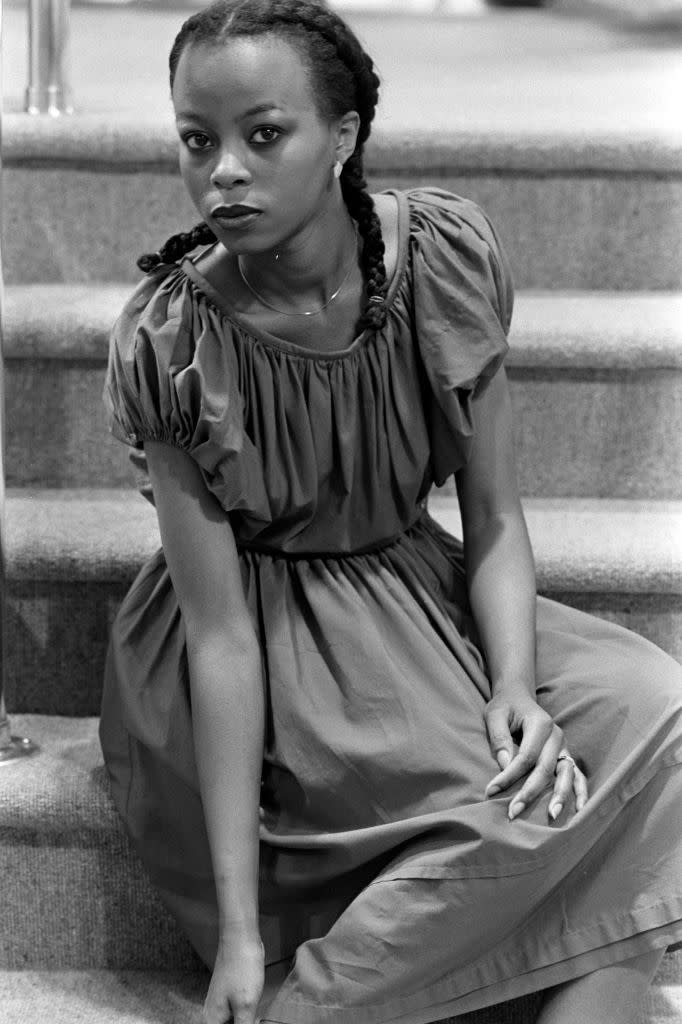
DJs played and sometimes produced music that reflected the industrial energy of the city and fostered an underground, at parties thrown by social clubs with names plucked from the pages of Esquire magazine. Fashion brands such as Cachareland Courtier took on a new significance. The Charivari name came from a now-defunct group of fashion boutiques on the Upper West Side of New York City, founded and run by the Weiser family for over 30 years, and it was an invention then too, a reflection of the family’s own vaulted ambitions. Jon Weiser told Vanity Fair in 2016 they’d chosen it “because nobody knew what it meant and it sounded vaguely Italian.” Ironically, charivari is actually a French word, dating back to the 17th century. It can refer to a ruckus, made by banging pots and kettles in celebration of a wedding or, conversely, it can mean to deride an unpopular person.
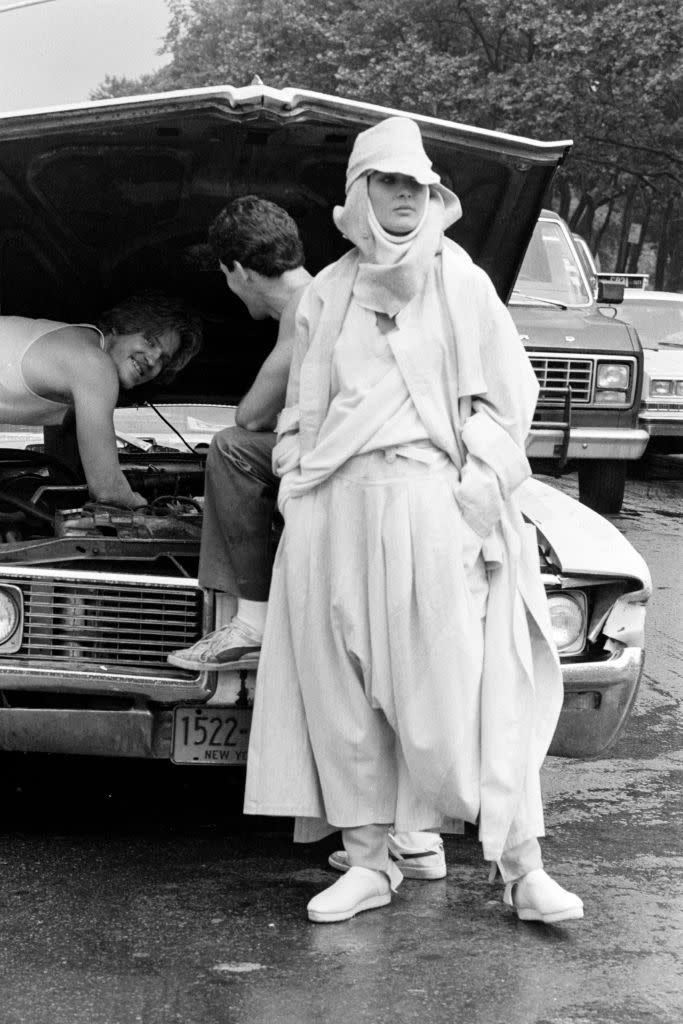
One thing the word and the store did have in common was the capacity to draw attention. Charivari’s flagship store served the entire moment. While the New York nightlife of the time encouraged shiny futuristic garments, some of them plastic, in the office there was an appreciation for conspicuous fabrics. For young women finding new opportunities in corporate spaces, exaggerated proportions on a collar or shoulder allowed for a more androgynous presentation of the suit. Paired with ready-to-wear pieces, the Charivari stores’ collections and in-house designs resulted in iconoclastic looks during this exciting era in fashion. For years, even celebrities like Jacqueline Onassis and Andy Warhol were drawn to the boutiques’ eclectic collections, which featured European designers like Yves Saint Laurent and Giorgio Armani alongside Japanese designers Issey Miyake and Kenzo. By 1997, though, the Charivari brand was struggling. Weiser told The New York Times, “The big mistake is that we never sat down like normal businesspeople and had a 5-year plan or 10-year plan. We dealt from our guts and our emotions.” The last Charivari store closed in 1998. The innovative Detroit social club with the same name would enjoy a longer cultural coattail.
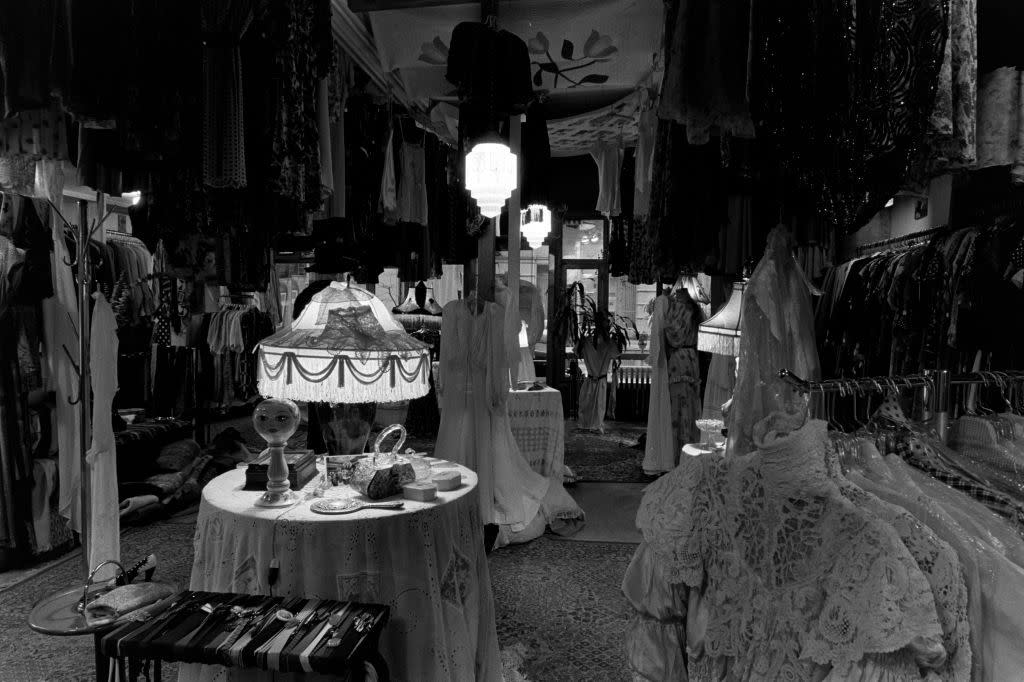
In Detroit, the Charivari name held such prestige and prominence that in 1981, a band cryptically called A Number of Names released “Sharevari,” one of the first electronic music tracks to come from the city. (The high schoolers who formed the band changed the spelling to avoid legal issues.) In the opening verse, a speaker mechanically chants, “Some bread and cheese and fine white wine / Designer chic is a matter of time” in an affected, unplaceable European accent, like a meditation on class aspiration. As a phenomenon, the social clubs themselves died out in the late 1980s, but the name Charivari continued to have cachet, for years thereafter evoking memories of the first throes of Detroit’s progressive dance scene—which by the 1990s would coalesce into what the world came to know as the genre of techno.
The Charivari festival was co-founded in 2014 by Todd Johnson and a group of like-minded souls, some of whom had been members of the social club in their youth. Detroit already had an established annual techno gathering, originally called the Detroit Electronic Music Festival and now widely known as Movement, which has become a magnet for international attendees and talent. The founders of the Charivari gathering, by contrast, wanted to create something that felt quintessentially local, a festival that acknowledged the city’s deep and abiding musical history first and foremost. “We decided we wanted to bring back the kind of feel and the type of music and the type of fun we used to have when we were younger,” says Johnson, who now serves as Charivari’s marketing coordinator.
One goal of the festival is to promote connections between younger and older artists. This kind of intergenerational exchange was common among younger techno and established jazz artists when Johnson was a teenager involved in the city’s party scene. The current motto of the Charivari festival, “Let yourself go,” is a truncation of its original message: Our events keep you together, while you let yourself go. Cornelius Harris, a local cultural advocate and manager of Detroit dance-music collective Underground Resistance, said of the festival that it “echoes back to the essence of what was.”
On the grounds of Historic Fort Wayne that afternoon last August, people moved in their own orbits—shoulders swaying, arms outstretched, legs kicking. It was a crowd of all ages, from babies in parents’ arms to my own tween boy, dragging behind me and looking like he’d rather be anywhere else as his father and I stomped the ground until we shook.
At Charivari, I felt more liberated than I had during my own childhood in Detroit, in an era when dances were tightly choreographed and I worried constantly about looking a mess. Some of those routines were named after neighborhoods or schools. I remember my cousins desperately trying to teach me the “Schoolcraft,” a combination of moves I never mastered, leaving me with the reputation—at least within my family—of not being able to dance. (I received that critique with good humor: While I did not know how to dance “at all” in the city, in the suburbs where I went to school, I moved better than most.)
Now, I only feel the freedom—the kind we had back then, that came from being in the moment with others who were right there with you. On that summer afternoon, I had a glimpse of the past, but I didn’t feel weighed down by regret. I wasn’t trying to get back time. “There was a sense that anything was possible,” Harris said of the Detroit of four decades ago. “Anything was within your reach and … it could be shared.” Boom. That’s the feeling I had been missing, and it’s the essence I could use more of now.
You Might Also Like
